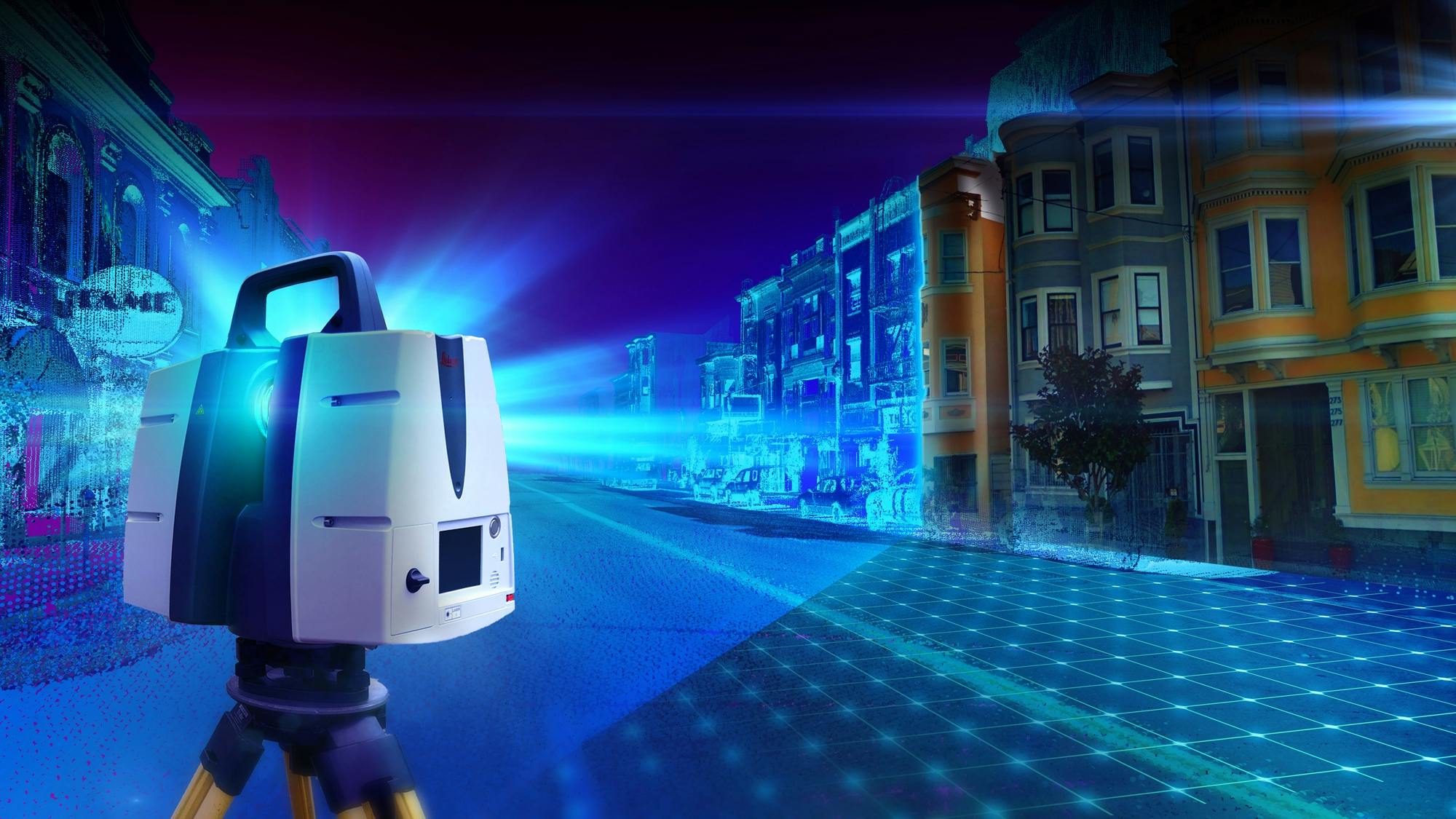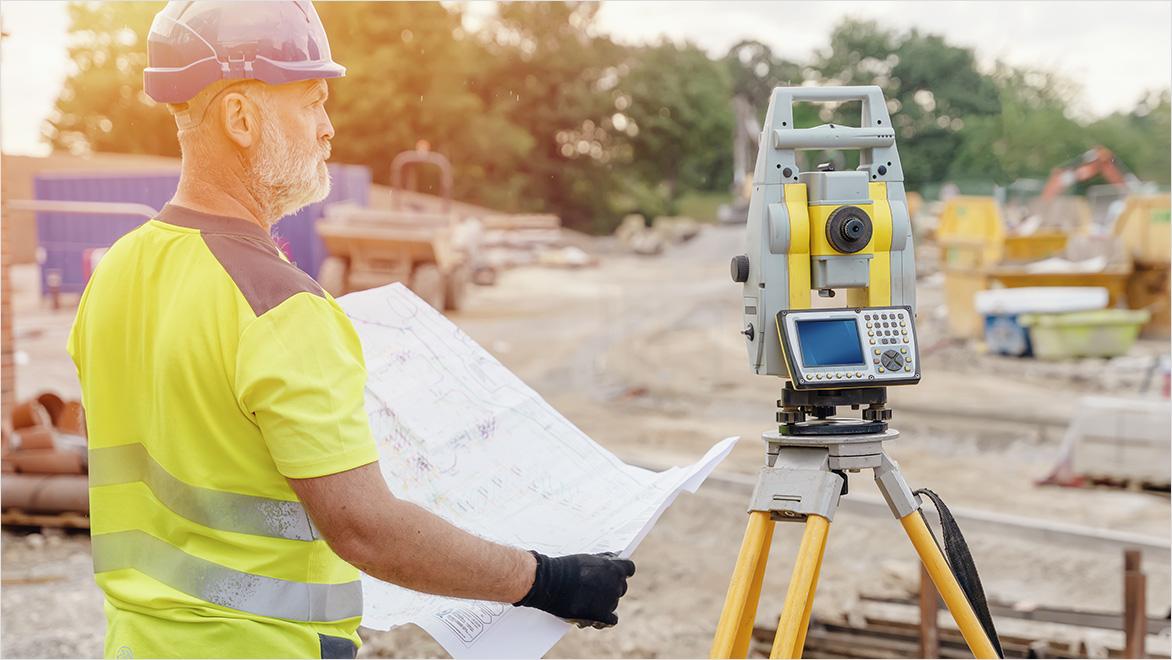Exactly How 3D Laser Scanning Revolutionizes Architectural Layout and Construction Projects
3D laser scanning is changing the landscape of architectural style and building and construction. This technology supplies unmatched accuracy in catching existing atmospheres, which assists in far better project planning and execution. It reduces mistakes while boosting efficiency in various phases of growth. The implications for partnership amongst architects, designers, and various other stakeholders are significant. These improvements open the door to new design possibilities and ingenious services. What lies in advance for this evolving technology?
The Basics of 3D Laser Scanning Innovation
Although 3D laser scanning modern technology might appear complex, its core principles are transformative and simple for architectural style. This innovation employs laser light beams to record accurate measurements of physical structures, generating a comprehensive point cloud that stands for the scanned atmosphere. A laser scanner sends out quick pulses of light, measuring the time it takes for the light to return, which allows for the estimation of ranges with exceptional precision.
The resulting point cloud can be exchanged a 3D version, giving engineers with vital visual information. This model enables professionals to manipulate and evaluate style elements within their tasks, allowing for innovative options and improved visualization. By utilizing 3D laser scanning, designers can better recognize the current conditions of a website, making certain that new designs integrate with their environments. This integration of innovation right into building design notes a considerable advancement, cultivating creative thinking and precision in the area.

Enhancing Accuracy and Performance in Architectural Projects
As building tasks significantly demand accuracy and rate, 3D laser scanning emerges as a crucial tool in boosting both accuracy and efficiency. This technology captures countless information factors in a quick duration, creating specific and thorough 3D versions of existing frameworks. The capacity to get exact dimensions lowers the danger of mistakes during the style phase, allowing designers to imagine their projects with unequaled clearness.
The fast data collection procedure reduces the time spent on-site, enabling groups to focus on analysis and style improvements. With real-time information accessibility, changes can be made swiftly, advertising a much more streamlined operations. The assimilation of 3D laser scanning right into building practices not just enhances dimension precision but likewise enhances the overall job timeline, assisting in quicker decision-making. In an industry where accuracy is essential, this innovation stands as a transformative force, boosting the requirements of architectural design and building and construction projects.
Streamlining Collaboration Amongst Stakeholders
While conventional architectural procedures commonly include fragmented interaction among stakeholders, 3D laser scanning cultivates a much more natural collective setting. By offering specific, high-resolution data, this technology allows engineers, service providers, engineers, and customers to run from a unified point of referral. The detailed visualizations generated with laser scanning get rid of misinterpretations and uncertainties, making certain that all parties have accessibility to the same information.
This transparency boosts decision-making and urges timely feedback, as stakeholders can quickly picture style aspects and spatial connections. Additionally, the integration of 3D scanning data into Structure Details Modeling (BIM) systems further improves partnership, enabling for real-time updates and adjustments. Such smooth interaction not just decreases problems yet also accelerates project timelines, as all stakeholders remain lined up throughout the style and building phases. Eventually, 3D laser scanning changes standard operations right into a much more efficient and joint procedure, benefiting all celebrations entailed.
Opening Innovative Possibilities in Design
By allowing designers to picture complicated spatial connections and complex information, 3D laser scanning reveals creative possibilities in design. This modern technology permits exact mapping of existing atmospheres, enabling architects to discover ingenious principles that may have formerly appeared impractical. With extremely precise data, developers can explore non-traditional types and products, pressing the boundaries of typical design.
Additionally, the integration of 3D laser scanning right into the design procedure cultivates cooperation among multidisciplinary groups, motivating the exchange of ideas and boosting imagination. The thorough visualizations produced by this modern technology not just help in identifying possible design difficulties but likewise motivate services that may not have been taken into consideration. Because of this, engineers can develop much more vibrant and appealing rooms that resonate with customers while meeting practical needs. Inevitably, 3D laser scanning transforms the building landscape, encouraging designers to realize their visions with unmatched accuracy and creativity.
The Future of 3D Laser Scanning in Architecture and Construction
The combination of 3D laser scanning into building style not only improves creative thinking yet also establishes the phase for its evolving role in the future of design and construction. As innovation breakthroughs, the precision and efficiency of laser scanning will proceed to boost, making it possible for home builders and engineers to develop extra intricate layouts with accuracy - 3D Scanning. Using this modern technology in real-time information collection will certainly assist in far better decision-making, reducing mistakes and simplifying operations
Future applications might consist of increased and virtual reality combinations, allowing stakeholders to envision jobs in immersive environments. On top of that, as sustainability ends up being a concern, 3D laser scanning will support the development of energy-efficient layouts by supplying in-depth insights right into existing frameworks. As collaboration amongst numerous self-controls ends up being more essential, the ability to share accurate 3D models will certainly foster innovation and boost task results. Ultimately, 3D laser scanning will certainly redefine anchor requirements in architectural design and building and construction methods.
Often Asked Questions
What Is the Price of Executing 3D Laser Scanning Modern Technology?

How much time Does a Common 3D Laser Scanning Job Take?
A common 3D laser scanning job can take anywhere from a couple of hours to a number of days, relying on elements such as the project's dimension, intricacy, and the degree of information needed for accurate data capture.
What Kinds Of Projects Advantage Many From 3D Laser Scanning?
3D laser scanning advantages numerous projects, specifically large building and constructions, historic reconstructions, and complex remodellings. It improves accuracy in measurements, reduces errors, and offers in-depth information crucial for efficient planning and execution in architectural layout and construction.

Are There Details Software Application Programs Required for 3D Laser Scans?
Yes, certain software application programs are crucial for refining 3D laser scans. 3D Scanning. Popular choices include Autodesk Wrap-up, Faro Scene, and Leica Cyclone, each offering distinct functions customized for picturing and assessing scanned data efficiently in various tasks
Exactly How Does 3D Laser Scanning Effect Environmental Sustainability in Building?
3D laser scanning boosts ecological sustainability in building by minimizing more helpful hints product waste, enabling exact measurements, and advertising reliable source usage. This modern technology allows for far better preparation, lowering the eco-friendly footprint of building projects through enhanced accuracy and efficiency.
3D laser scanning is changing the landscape of architectural style and building. 3D laser scanning innovation Visit Your URL may appear facility, its core concepts are transformative and straightforward for building style. By enabling engineers to imagine complicated spatial partnerships and elaborate information, 3D laser scanning discloses creative possibilities in layout. The integration of 3D laser scanning right into the design procedure cultivates collaboration among multidisciplinary groups, motivating the exchange of concepts and enhancing creativity. The assimilation of 3D laser scanning right into architectural style not only improves imagination however additionally establishes the phase for its progressing duty in the future of architecture and building.